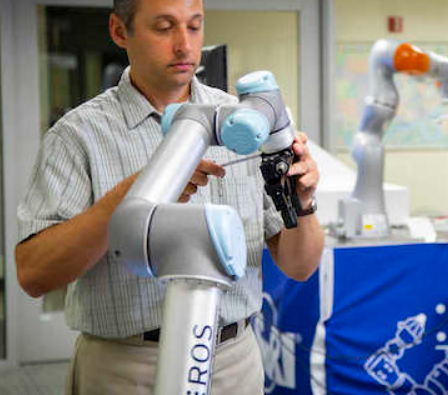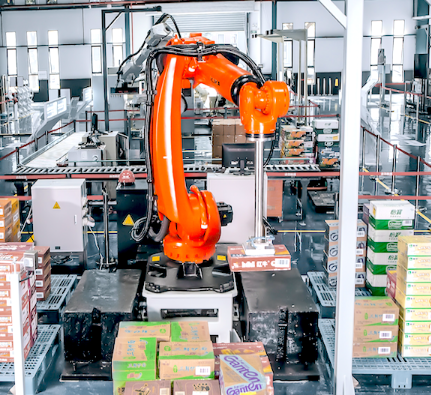
As artificial intelligence continues to evolve, so too does the capability of mobile robots. No longer limited to simple tasks or fixed environments, today’s autonomous robots are becoming smarter, more flexible, and increasingly useful across a wide range of industries. From factory floors to remote monitoring sites, AI-driven robots are making a significant impact.
The Role of Artificial Intelligence in Mobile Robotics
At the heart of intelligent robotic systems is artificial intelligence—a field of computer science aimed at creating machines that can perform tasks traditionally requiring human intelligence. AI enables robots to analyze information, learn from data, and improve their responses and actions over time.
These smart systems rely on a network of sensors, cameras, and software that allow them to perceive their surroundings. Machine learning and deep learning algorithms play a central role by processing input data and identifying patterns, which are then used to make informed decisions. This ability to learn from experience enables robots to adapt to new situations and perform more accurately with each interaction.
Whether assisting in industrial maintenance, healthcare support, or public safety, the integration of AI allows robots to work autonomously and effectively in dynamic environments.
How Intelligent Surveillance Robots Support Security Efforts
One of the most practical uses of AI in robotics today is in surveillance. Security-focused robots equipped with artificial intelligence can operate independently to monitor facilities and detect unusual activity. Here’s how they enhance safety:
1. Uninterrupted Monitoring
AI-powered surveillance robots are built to patrol and observe continuously without the need for direct supervision. This constant monitoring is especially important in sensitive areas like utility plants, warehouses, or remote installations where security is critical.
2. Smart Threat Detection
Using high-definition cameras and motion sensors, these robots can identify movement, detect anomalies, and recognize behavior patterns. With the help of machine learning, they refine their ability to distinguish between normal and suspicious activity, reducing false alarms and improving reliability.
3. Fast Reaction Capabilities
When potential threats are detected, AI surveillance robots can respond immediately. Whether by alerting human operators, activating alarms, or taking pre-programmed preventative measures, these robots help reduce the time between detection and response, a crucial factor in effective security operations.
4. Expanded Surveillance Reach
Thanks to their mobility, robots like RB-WATCHER can cover large areas, navigate complex terrain, and reach spots that might be unsafe or inaccessible to humans. This ability allows them to provide broader surveillance with greater efficiency.
5. Minimizing Human Risk
Robots can be deployed in hazardous zones, such as conflict areas or post-disaster environments, where human presence may be dangerous. By assuming these responsibilities, they protect personnel while ensuring critical tasks like inspection and monitoring continue uninterrupted.
The Future of AI and Mobile Robotics
As AI technologies continue to mature, robots will become even more capable of handling complex assignments. Innovations in computer vision, autonomous navigation, and real-time decision-making are already enhancing how robots perform in the field.
In particular, surveillance applications will benefit from these developments. AI will enable robots to recognize threats more accurately, respond more intelligently, and operate more safely, offering scalable solutions for environments that demand constant vigilance and security.
Ultimately, the rise of intelligent mobile robots signals a shift in how industries approach safety, efficiency, and risk management. With their ability to learn, adapt, and operate independently, these machines are not just tools—they’re becoming essential assets in an increasingly automated world.













